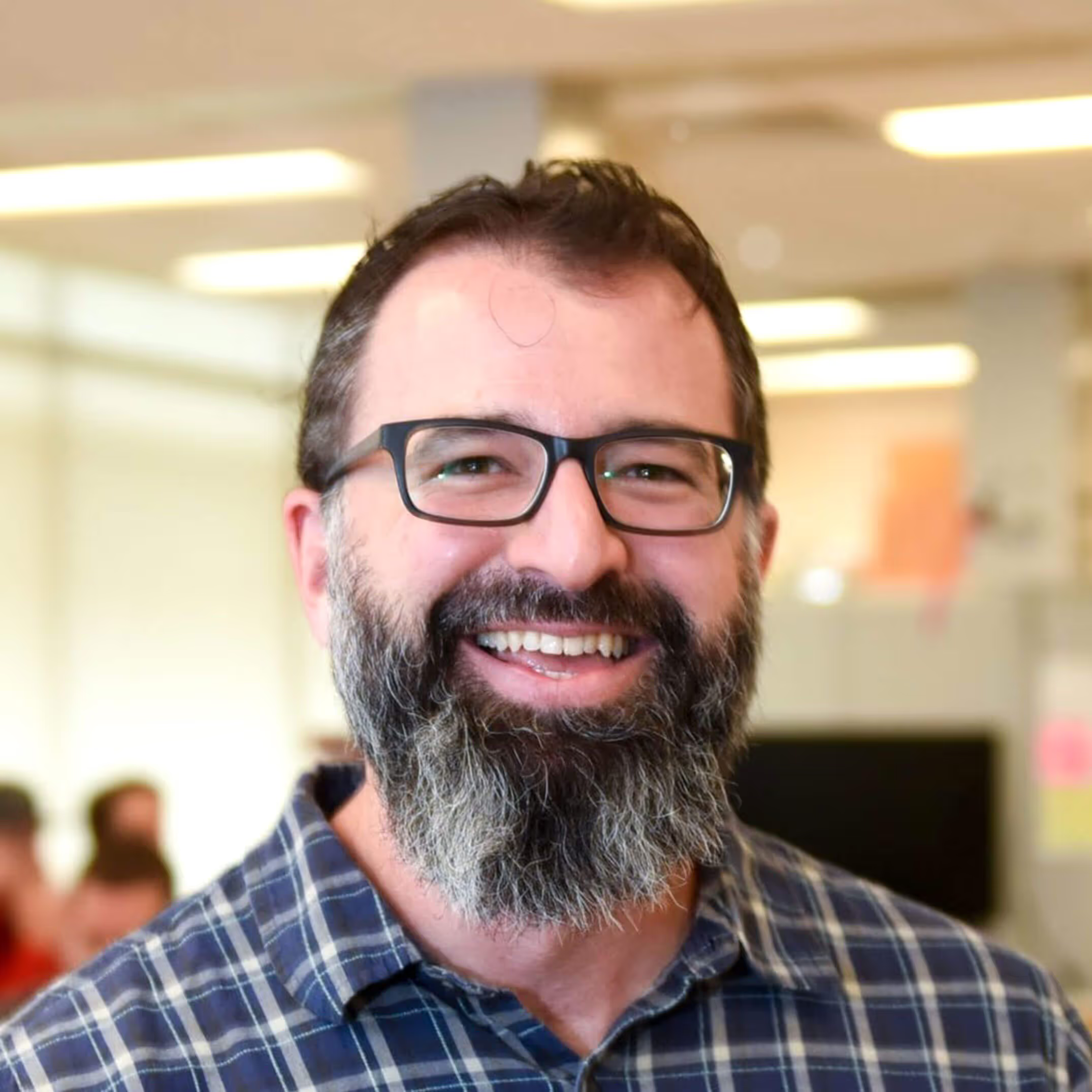
Time as the most valuable resource
It is a pleasure having this opportunity to write a guest post for Trig Innovation. My interest in design started as a child drawing cars and came to life working in the NYC Motion Picture Industry as a set dresser. I left the movie business riding off into the sunset on a Harley-Davidson ... and parked in Medical Innovation, where I've spent the last 20 years. Today I teach design in Biomedical Engineering at NC State. My students’ coursework have led to multiple startups including 410 Medical and MEDIC. This journey has provided an amazing opportunity to work with the Wallace H. Coulter Foundation, the NIH C3i Program, Duke NeuroInnovations, and BME IDEA.
Last week I spent a couple of days at the CED Life Science Conference at the Raleigh Convention Center. This is the first year that CED collaborated with the Coulter Investment Forum. It was an incredible opportunity to network with two worlds I’ve been blessed to be part of. When thinking about the CED, it’s about a community of resources working together to raise all ships. When thinking about Coulter, it’s about “Time” being the most valuable resource.

A little background on Coulter: Wallace H. Coulter is the inventor of the Coulter Counter and entrepreneur that started the Coulter Corporation, which later was acquired to become Beckman Coulter. When Wallace passed away, he left his entire fortune to the foundation; one of two foundations (along with Whitaker) that are primarily responsible for Biomedical Engineering being an academic department at about 150 universities across the country today.
In 2005, the Foundation launched the “Early Career” (EC) program which later was re-branded as the “Coulter Translational Research Award” (CTRA) program. These awards promoted collaboration (it was a requirement) between an Academic Researcher and a Medical Provider; and included commercialization training to the team. During this training, the Foundation and its business advisors coined a term (which I heard a VC say during a presentation at CED) known as the "Killer Experiment.”
The Killer Experiment
What exactly did Coulter mean by this Killer Experiment? Often times academics are in search of an area of research that they can devote their careers to. This devotion leads to a thought process that works by first having a hypothesis, and then considering experiments to support that hypothesis. Sometimes they are supported, sometimes they are not; In both cases, learning happens. They then may propose a new hypothesis, and consider experiments to support that one, and the cycle continues.
Sure, there are incredible success stories and outcomes of this research changing our world. However, often times, a researcher can spend their life on an investigation that never reaches the market. Coulter was committed to getting products to the market such that they could have real impact on patients’ lives.
The Killer Experiment was intended to change the thought process of academics to asking a different question: “What is the next experiment I can do that would kill my research?” This is not exactly intuitive when you are a young investigator in pursuit of tenure. Coulter was rewarding such young academics by providing these grants, and promoting a commercial mindset.
Time is the Most Precious Resource
But why? Because time is the most valuable resource. There’s an infinite well of problems to be solved. Where there’s a valuable solution, there’s money to be found. Time, however, is a resource that can never be replenished. It was Coulter’s way of saying: spend your time on projects that will change the world.
Over the years, the business advisors to Coulter brought a new spin to the Killer Experiment and started calling it “The Quick Kill Concept.” This is because, sometimes, the thing that can derail a project from success is not always a technical failure, but a business hurdle. In Medical Devices, this is a multi-body problem that includes factors such as regulatory burden, market size, reimbursement, etc.
It is worth noting that the words “Killer” and “Kill” can sometimes turn off a researcher or investigator because they seem so final. They don’t mean, necessarily, to “quit” or "end" or "stop" a project. I prefer to think of this as a tactical strategy. There’s many obstacles, and they come at you over and over again… one technical hurdle after another and another…, a business hurdle, and another and another. Sometimes you do quick kill the project. Sometimes you pivot.
All that being said, I’ll offer another evolution from “The Killer Experiment” to “The Quick Kill Concept” to “Diligence Dashboard.”
Diligence Dashboard
So, what's this Diligence Dashboard all about anyway? The product development process in the medical device industry is inherently stage-gate due to a requirement for design reviews. Product development cycles can take years progressing through stages that are marketing heavy in the beginning, design and engineering focused in the middle, transitioning to manufacturing, then regulatory approval, and near the end, establishing reimbursement. Such an investment of time typically means that intellectual property claims be strong and there's a large market waiting at the finish line.

All too often, we see medical innovations with millions invested, but worse, years spent, before a later stage factor, such as reimbursement, kill the project. What if we could have predicted that failure before we started?
The Diligence Dashboard provides intelligence at the fuzzy front end of a project that can provide insights to potential failures, go-no-go decisions, and/or pivots to increase the chances of success for projects you're investing time and money.
We have a community of resources invested in raising all ships for a healthier and happier world. We only have but one life to spend our time raising these ships. Keep your eye on the dashboard to spend that time wisely on projects that matter.
Health & Happiness for All
Andrew



